It’s annoying when your car refuses to switch off after the key is removed from the ignition. But you have no choice, you need to fix it as soon as possible. Don’t worry! We extensively researched all the ways to help you fix the issue.
When you experience difficulty in turning off the car engine even after the key is out, you might have electrical or dieseling problems. Following are the things you need to examine to solve the issue:
- Electrical Problems
- Ignition Switch
- Power Relay
- Dieseling Problems
- Carburetor/Fuel Injector
- Idle Speed
- Anti-Dieseling Solenoid
- Ignition Timing
- Spark Plug
- Built-up Carbon
In this article, we look at why your engine won't turn off when removing the key and what you can do to resolve the issue. Continue reading for more details.
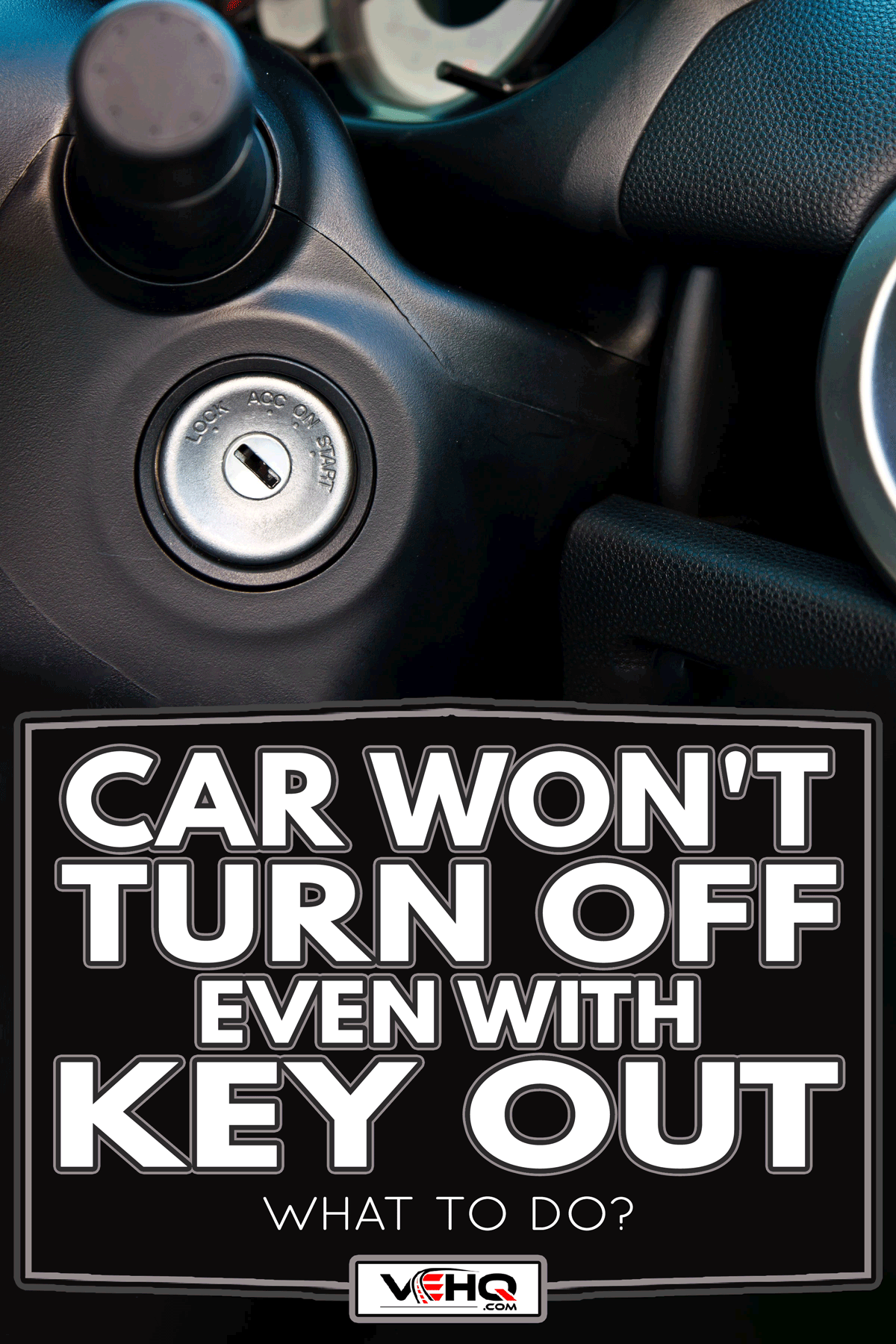
Common Reasons Why Car Won’t Turn Off Even With Key Out
You expect the automobile to stop when you turn off the key! When it doesn't, it can be confusing and aggravating. If the engine continues to operate as if you had never shut it off, the following might be the reason:
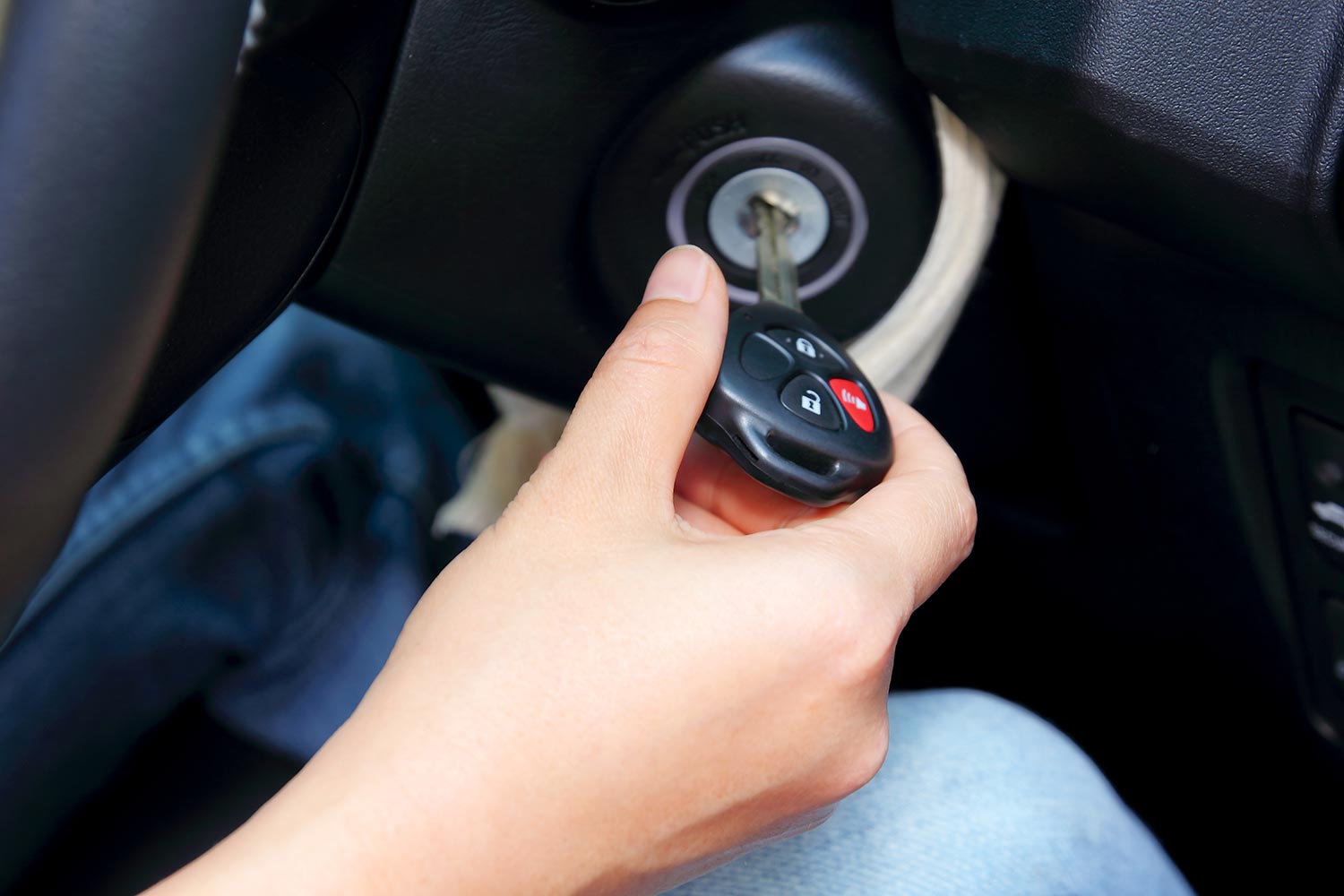
Defective Ignition Switch
One of the most important parts of your vehicle is the ignition switch. The ignition switch is usually located next to the ignition lock cylinder on the steering column.
The ignition lock cylinder is the keyhole into which you insert your keys to turn on and off the ignition switch. Both the switch and the cylinder will not work properly if the ignition switch is defective.
However, because the ignition switch is used frequently in your vehicle – sometimes multiple times per day – it will ultimately wear out and break down.
Broken springs, worn ignition switch contacts, and temperature issues are just a few of the factors of the defective ignition switch.
Faulty Fuel Pump Relay
You can think of a fuel pump relay as a large fuse. They all work on the same concept, and you probably have a couple on your automobile.
The primary relay controls the car's computer and the gasoline pump. None of your devices will work if the main relay fails.
While a fuel pump relay might fail due to a short or other electrical failures, the most common reason for a broken or damaged fuel pump relay is age.
Every time the relay clicks over, it wears a little bit more, and after more than 100,000 miles, that's a lot of clicks.
It will eventually become too much for it to handle, and it will either not click over again or will not return to its initial place. It's perfectly normal, and as long as it doesn't happen frequently.
Dieseling
Dieseling gets its name from the way diesel engines work: they fire without a spark. Instead of a spark, a diesel engine's ignition source is the heat produced by the cylinder's air compression.
The dieseling occurs not only because the compression ratio is high enough for the fuel to self-ignite, but also because a location inside the cylinder (combustion chamber/valve edge, spark plug electrode, or even extra carbon) ignites the gasoline.
After being shut down, a vehicle engine will run for a few seconds or minutes, sputter, and then gradually cease, depending on how much gasoline is left in the combustion chamber and how long it takes for the ignition source to cool down.
This is most common in carbureted engines with a lot of miles on them. If a petrol-powered engine starts to die, something is amiss.
The possible reasons for dieseling are faulty carburetor, the idle speed that is too fast, broken solenoid, incorrect timing, improperly rated spark plug, and built-up carbon.
Fixing a Car That Isn't Turning Off Even With the Key Out
There are a couple of measures you can take to figure out what's going on. With a few modest changes, you might be able to solve the problem.
1. Examine For Any Electrical Problems.
The turn signals and accessories continue to work after the car key is turned off or out. Also, when you put your car in gear and drive away, the engine works smoothly.
If this is the case, your vehicle may have electrical problems. Proceed to the next step if this is the case. If not, proceed to number 4.
2. Examine The Ignition Switch For Any Defects.
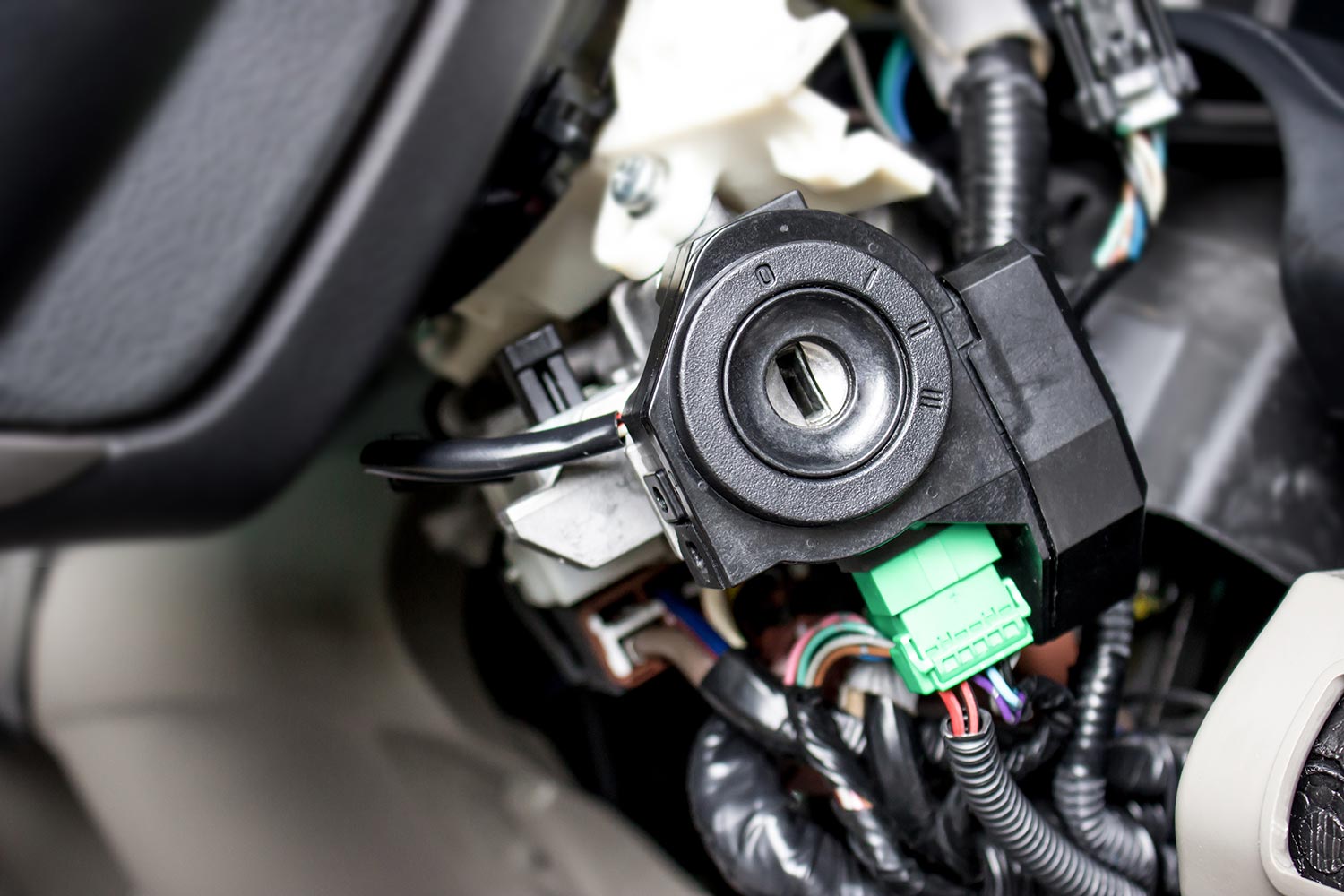
Remove part of the plastic shroud that surrounds the steering column. Locate the ignition switch's electrical connector. It could be on the rear of the ignition switch, or it could be lower down the steering column at the end of an electrical pigtail from the switch.
If you unplug the switch at the connector, everything should turn off right away. But If it does not turn off after what you did, this means your ignition switch has a defect and needs to be replaced. If this is not the case proceed to the next step.
An actual demonstration of replacing the ignition switch is shown on YouTube below.
3. Examine The Power Relay.
It's possible that your car's engine will function correctly after the ignition switch is disconnected. If that's the case, you'll need to find the ignition and fuel system's power relay.
Remove the primary relay and see if your automobile shuts down completely. If it stops working, you'll need to replace the primary relay. If not, proceed to the next step in the troubleshooting process.
A video from YouTube is shown below to show you how to pull out the relay from the fuse box.
4. Check If It Is A Dieseling Problem.
If the engine does not stop and instead appears to go into leaping spasms with knocking and pinging sounds, this is referred to as "dieseling". Following are the troubleshooting ideas.
4.1. Examine If It Is Carburetor Or Fuel Injected.
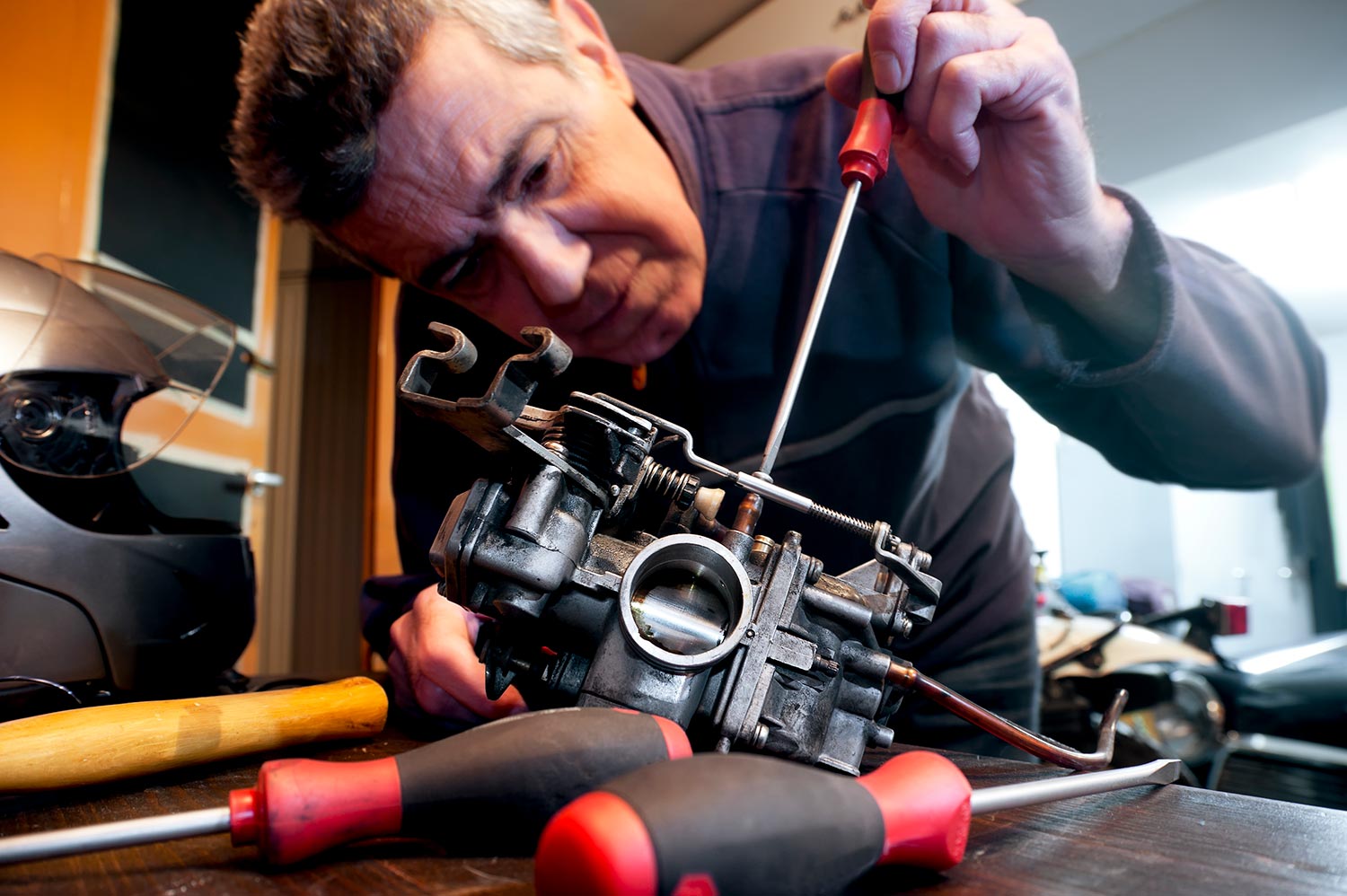
Is your vehicle equipped with a fuel injection system or a carburetor? Check your workshop manual if you don't know. Fuel injection is likely in your car if it was manufactured after 1985.
Fuel injection rarely causes dieseling since the fuel delivery is stopped as soon as the switch is turned off. A carburetor will deliver fuel as long as there is air moving through it unless it is specially designed. If your fuel-injected vehicle is dieseling, the system has a leaking fuel injector that needs to be replaced.
4.2. Examine The Idle Speed
If the engine idle speed is too high, the automobile may diesel after it has been turned off. Check your idle speed by connecting your tachometer according to the instructions.
Click here to see this tachometer on Amazon.
Idle speed for most four and six-cylinder engines should be between 850 and 900 RPM. Engines with eight cylinders may idle at 600 RPM. Check your workshop manual for specifics on how to set the idling speed.
4.3. Examine The Solenoid For Anti-Dieseling.
Dieseling became a problem on even new cars in the late 1970s, with the adoption of emission controls. As a result, manufacturers incorporated an anti-dieseling solenoid into their carburetors.
It's normally cylindrical, around 1-2 inches long, and connected by a single wire. When the key is turned on, that wire becomes hot, opening the valve and allowing it to close when the key is turned off.
Turn on the key and disconnect the wire. Release the connectors by touching them together. As the solenoid opens and closes, you should hear a click. If no sound is heard, the solenoid is broken and has to be replaced.
4.4. Examine The Ignition Timing.
Modern cars do not have adjustable ignition timing, but if your vehicle is old enough to have a dieseling problem, it most likely does.
If the ignition timing is off by a few degrees, the temperature within the engine might rise to the point where it causes dieseling.
The timing process can be found in the manual. It varies greatly from vehicle to vehicle. Some cars have the timing set to idle, while others have it set to a high engine speed.
Before you adjust the timing, some manufacturers require you to disconnect specific controls. There is no universal approach for all engines.
4.5. Examine the Spark Plug.
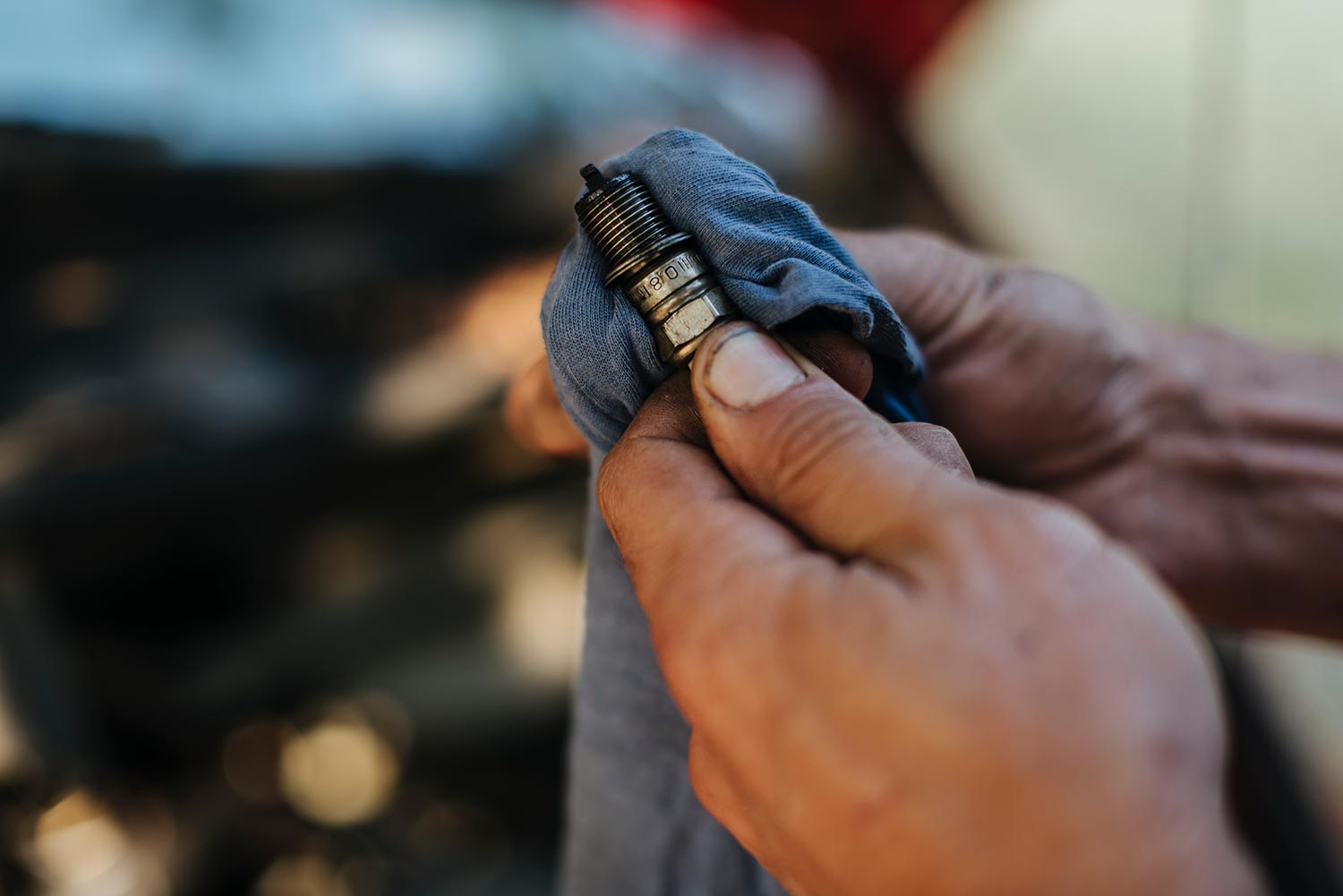
Dieseling can also be caused by using the wrong spark plug.
Spark plugs are designed to maintain a set operating temperature, and if your engine's plugs are in the improper heat range, they could generate a hotspot, which could lead to dieseling.
Take a spark plug out of the box and check the part number against the manufacturer's specs. If you notice anything wrong with them, replace them.
4.6. Examine The Carbon.
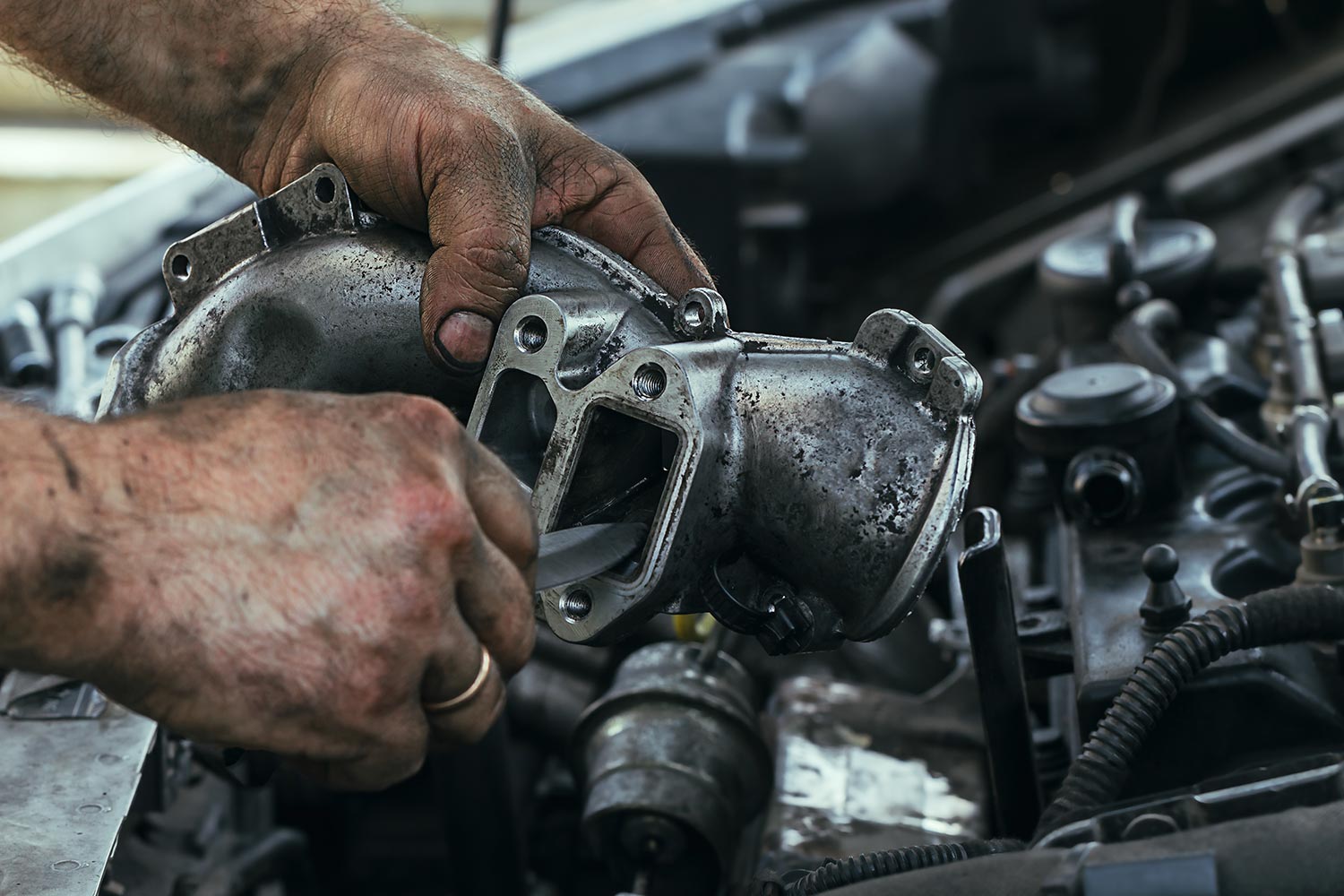
If you've gone through all of these measures and still can't cure your problem, your engine is most likely clogged with carbon.
- Consider adding a fuel additive. There are many fuel additives available on the market that are designed to help remove carbon from an engine while it is operating.
Fill the tank with a fuel additive according to the manufacturer's recommendations. Then drive the automobile on the highway for a while, doing some harsh accelerations.
Carbon deposits will be broken up and sent down the tailpipe with the cleaning mixture.
Click here to see this STA-BIL storage fuel stabilizer on Amazon.
- Consider replacing your fuel. Using higher octane fuel may assist you to solve a dieseling problem you haven't been able to solve with previous methods.This is a treatment rather than a cure. Higher octane fuels are more stable and less prone to engine pre-ignition caused by carbon buildup.
Conclusion
So if you're stuck with the dilemma of how to turn off a car engine, the above troubleshooting techniques can help. Don't forget to use these useful tips in the future if you run into this difficulty. If you are not comfortable doing it by yourself, hire a certified mechanic from your area to do it for you.
Before you go, please check some of our valuable posts below.


